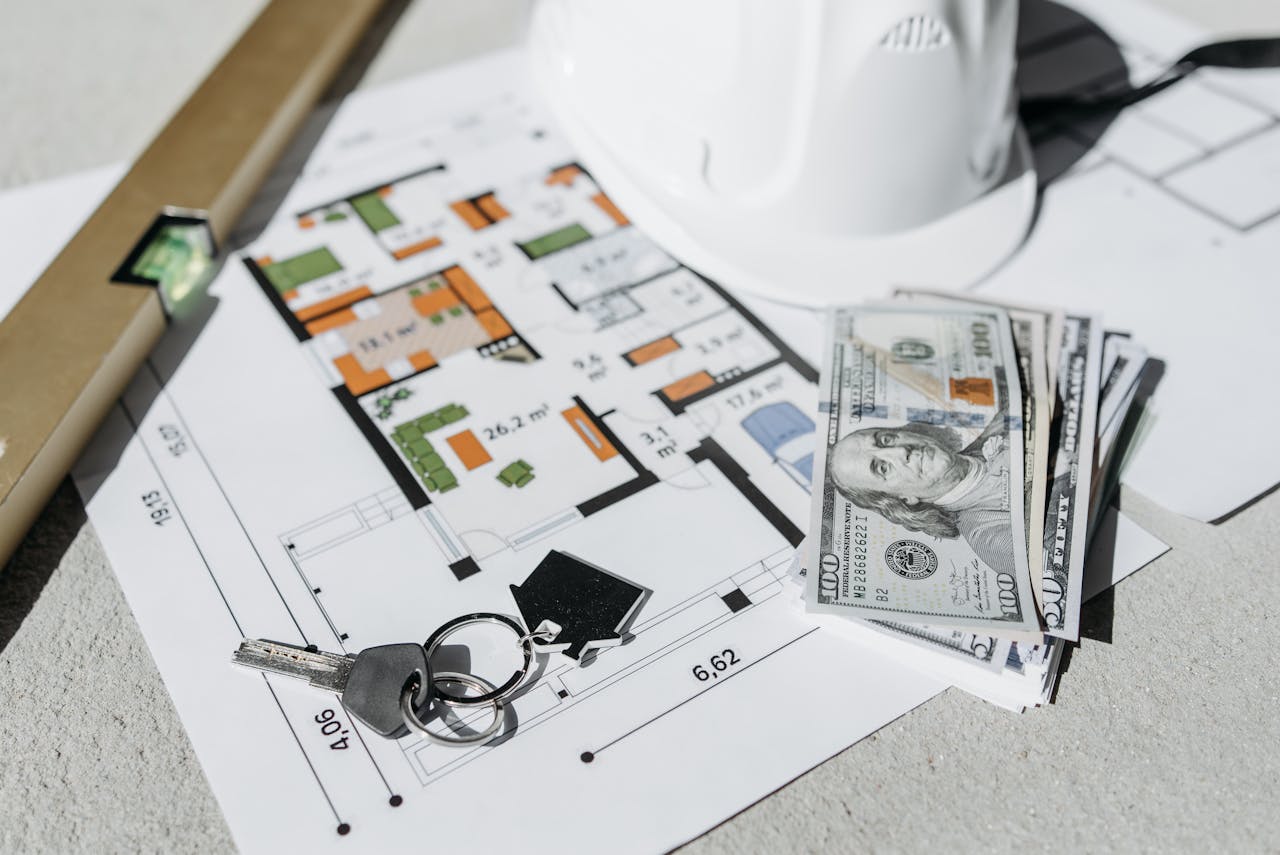In the U.S. and European mortgage markets, the term “conventional loan” remains one of the most widely used and representative financing methods. While government-backed loans like FHA, VA, and USDA have gained attention in recent years, conventional loans still reflect the core logic of mainstream financial lending, credit evaluation, and what experienced homebuyers often rely on.
So, what exactly defines a conventional loan in 2025? How does it differ from FHA or other government-supported loans? And with rising interest rates and tighter credit standards, how has the conventional loan market evolved this year? Let’s break it all down.
1. Definition: A Loan Without Government Backing, Built on Market Rules
A conventional loan is a mortgage not insured or guaranteed by the U.S. federal government. That means if a borrower defaults, the lender assumes the loss—not a government agency like FHA or VA.
Most conventional loans in today’s market are conforming loans, meaning they meet the criteria set by Fannie Mae and Freddie Mac and can be sold on the secondary market. These loans typically come with stricter credit and financial standards, but offer more flexibility in terms and private mortgage insurance (PMI) management.
2. How Conventional Loans Compare to FHA Loans and VA Loans (2025)
| Feature | Conventional Loan | FHA Loan | VA Loan |
|---|---|---|---|
| Government Backing | No | Yes (FHA) | Yes (VA) |
| Minimum Down Payment | 3% (for first-time buyers) | 3.5% | 0% (with eligibility) |
| Credit Score Requirement | Typically ≥ 680 (sometimes as low as 620) | ≥ 580 | No minimum (lender discretion) |
| Mortgage Insurance | Required if down < 20%, can be canceled later | Required MIP, often for life | No PMI required |
| Long-Term Cost | Flexible, based on credit and down payment | Fixed fees + upfront premium | No insurance fees |
| Resale Market | Bought by Fannie Mae / Freddie Mac | Managed by HUD | Guaranteed by Ginnie Mae |
👉 Bottom line: Conventional loans are ideal for borrowers with good credit and decent down payments, offering lower lifetime costs.
3. New Trends in the 2025 Conventional Loan Market
1. High-rate environment creates “credit segmentation”
As of early 2025, Freddie Mac data shows average conventional loan rates hovering between 6.6% and 6.9%. With persistent inflation and a cautious Fed policy, monthly payments remain a heavy burden for many.
2. Down payment flexibility continues: 3% plans still available
Programs like HomeReady and Home Possible from Fannie and Freddie still offer 3% down payment options. However, most banks prefer at least 5% down for better rates.
3. Tech-driven underwriting: AI joins the approval process
Lenders are increasingly using AI tools to assess creditworthiness, job stability, and debt-to-income ratios. While credit score is still key, many lenders now use 43% DTI as a hard limit.
4. Pros and Cons of Conventional Loans (Based on 2025 Borrower Experience)
✅ Pros:
- Flexible interest rates; better credit = better deals
- No PMI required with ≥20% down
- Higher loan limits, more property options
- Easier refinancing compared to government loans
⚠️ Cons:
- Higher credit and down payment standards
- More paperwork and documentation needed
- Not ideal for inconsistent income or high debt borrowers
- Canceling PMI depends on rising home equity or repayment time
5. Who Should Consider a Conventional Loan?
| Borrower Profile | Good Fit? | Notes |
|---|---|---|
| First-time buyers with good credit | ✅ Excellent choice | Stable income and long-term plans |
| Self-employed or irregular income | ⚠️ Case-by-case | Must provide detailed income proof |
| Real estate investors | ✅ Recommended | Works for rental/investment properties |
| Credit score < 620 | ❌ Not ideal | Consider FHA or improve credit first |
6. Tips & Strategies for Conventional Loans (2025)
- Boosting Credit Score: Pay off credit cards, keep DTI below 36%, avoid new loans before applying
- Timing Rate Locks: Watch for volatility; use float-down options with 30-day lock periods
- Avoiding Rejections: Don’t apply for multiple loans at once; avoid large purchases during underwriting
7. FAQ: Conventional Loans in 2025
1. What is a conventional loan in simple terms?
A conventional loan is a mortgage that’s not backed by the government. It’s issued by private lenders and typically requires higher credit scores and down payments than FHA or VA loans.
2. Is a conventional loan better than an FHA loan?
It depends on your financial situation. If you have strong credit and can afford a higher down payment, a conventional loan may offer lower long-term costs. FHA loans are better for those with lower credit scores or limited savings.
3. Do conventional loans require PMI (private mortgage insurance)?
Yes, if your down payment is less than 20%. However, PMI can usually be removed once you reach 20% equity in the home—unlike FHA loans, which often require insurance for the life of the loan.
4. Can I get a conventional loan with a low credit score?
Some lenders may accept credit scores as low as 620, but you’ll likely face higher interest rates and stricter approval conditions. For scores below that, FHA may be a more realistic option.
5. What’s the maximum loan amount for a conventional loan in 2025?
As of 2025, the conforming loan limit for most areas in the U.S. is $766,550, but it can be higher in expensive markets like California or New York. Check with Fannie Mae or your local lender for current limits.



